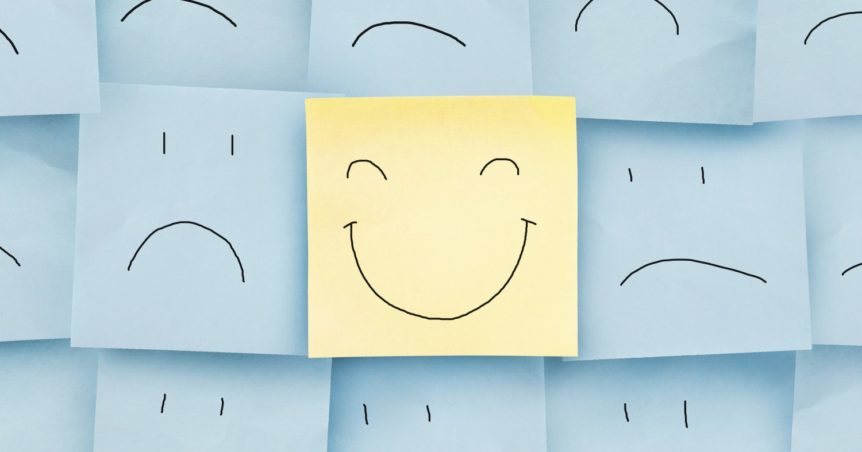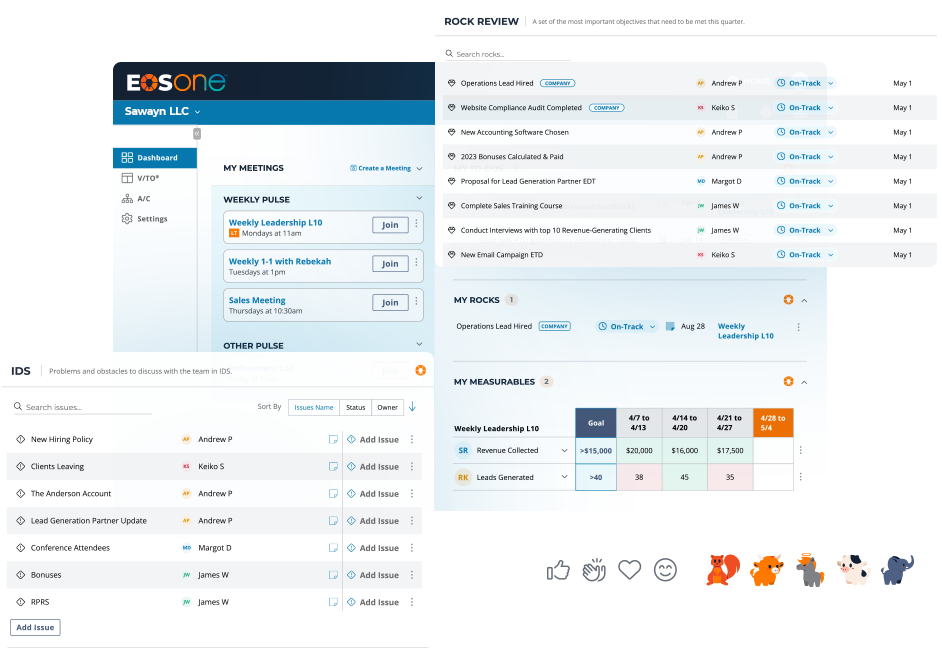Related reading: Your Business Can Thrive in the Days of Coronavirus
As Dr. Martin E.P. Seligman has discovered, the difference between pessimism and optimism can be what makes or breaks a company during difficult times. Dr. Seligman is the author of Learned Optimism, a book that reveals how optimism can help you to be more effective at work and at home.
Imagine that you needed surgery to remove a tumor, and you were interviewing the two best surgeons available — both with identical education and credentials. One of the surgeons has a more pessimistic way of approaching the problem. He says, “We’ll try and see what we can do, but you should know it might not work.”
The other surgeon has a more optimistic habit of thinking. “Yes there are risks with this surgery, but I really think this is going to work,” she says. “There’s a way to remove that tumor, and we’ll get the whole thing. I expect you to walk out of this hospital with a full recovery.”
Who would you choose? Chances are, you pick the optimistic surgeon, because you want someone who is positive and full of hope. You want someone who is confident about getting the job done.
Becoming Optimistic
Seligman was researching helplessness, and discovered that helplessness isn’t something we’re born with — it’s something that we learn. That discovery led him to ask, If helplessness can be learned, can optimism also be learned? He studied over half a million people and discovered that optimism
- Makes you a more effective person — at work and in the home
- Can be learned, in the same way that helplessness can be learned
Neither helplessness nor optimism is a permanent way of being. So often, we look at people who have a series of habits that make them appear to be more pessimistic, and we label them as a pessimist. In fact, that’s just a series of habits that led them where they are today. And if pessimism is a learned series of habits, then they can also learn to be more optimistic — and more effective.
Dr. Seligman set off on a quest through this study to discover how optimism can be learned. The result is Learned Optimism — an insightful book based on scientific studies of over 500,000 people that reveal how to become optimistic.
What Is Optimism?
Optimism isn’t pie-in-the-sky wishful thinking, in which we merely will our way to the moon. It’s activating our brains into a way of having possibility thinking. When we activate pessimistic thinking, it lowers creativity and removes possibilities from our framework. We see things through a doom-and-gloom lens. Our brains shut down and we don’t see the options that are available to us. We feel depressed and frustrated. Our work suffers as we enter a fight-or-flight mode.
When we practice optimistic thinking, our minds create more possibilities and we find more creative solutions. We become more effective people.
Handpicked related content: How EOS® Keeps Companies Strong During Challenging Times
If you’re looking at two equally qualified job candidates and one scores better on the optimism assessment, that person will naturally contribute more to your company because they practice possibility thinking.
Learned Optimism gives you a framework and an assessment tool that you can use to identify where your people are at, and how they can take a step forward. The book is a valuable tool to help your leadership team realize that pessimism isn’t a permanent label. Your people can become more creative and move your company forward, even in uncertain times.
Pessimism Has a Place
As valuable as optimism is, it’s often good for highly optimistic Visionaries to have a pessimistic view under certain scenarios. For example, when you’re planning for a riskier and uncertain future, you should plan for the worst and hope for the best. When counseling other people whose future is dim, it’s better to have a more pessimistic view that helps you to connect with them. If the cost of failure is very high, optimism is often the wrong strategy.
This video best sums up when optimism isn’t the right strategy to use.
Move Your Leadership Team Forward!
Learned Optimism outlines the process of tackling the adversity, the beliefs, and the consequences to help your leadership team to be better decision makers. This is a great tool for shifting people’s habit of pessimistic thinking. Use it to challenge your leadership team’s thinking in a new way and open yourselves up to new possibilities.
Need to talk to someone about strengthening your organization during uncertainty? Let’s talk!



